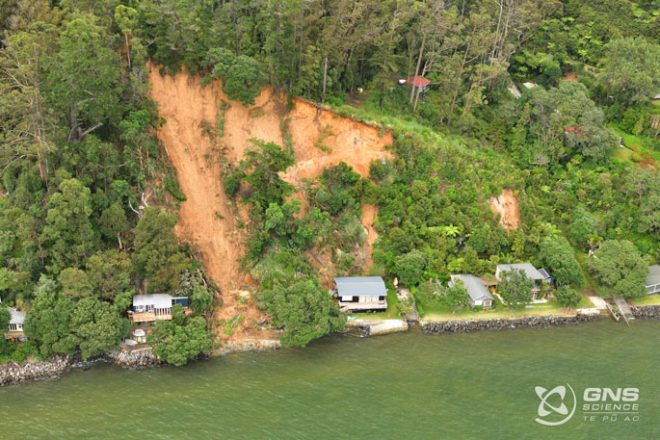Komisi Gempa Bumi (EQC) dari Toka Tū Ake telah memberikan lebih dari $1,2 juta kepada 14 tim peneliti. Ini adalah bagian dari putaran Hibah Biennial tahun ini. Tujuan dari proyek-proyek ini adalah untuk lebih memahami risiko bahaya alam dan menemukan cara untuk mengurangi dampaknya.
Toka Tū Ake EQC berharap untuk memastikan bahwa ketahanan terhadap bahaya alam dipertimbangkan dalam semua pengambilan keputusan untuk rumah, kota kecil, dan kota di Selandia Baru. Dengan berinvestasi dalam penelitian, mereka bertujuan untuk mengurangi kerentanan kita terhadap peristiwa yang disebabkan oleh bahaya alam.
Hibah Biennial telah diberikan setiap dua tahun sejak 1989. Hibah yang diberikan sejalan dengan prioritas penelitian Toka Tū Ake. Ini termasuk penelitian yang membantu orang, mengukur bahaya dan dampaknya, mempertimbangkan penggunaan lahan yang cerdas, tata kelola dan ekonomi, dan bangunan yang tangguh. Tahun ini, hampir 80 kelompok menunjukkan minat pada hibah.
Dr Natalie Balfour, Kepala Penelitian, mengatakan bahwa masing-masing dari 14 proyek penelitian akan membantu kita memahami risiko bahaya alam Selandia Baru dan mengurangi dampak pada orang dan properti ketika peristiwa ini terjadi.
Dia menjelaskan bahwa proyek yang sukses mencakup berbagai bahaya alam, dari gunung berapi hingga tanah longsor. Banyak proyek juga mempertimbangkan efek perubahan iklim terhadap bahaya ini. Beberapa proyek dipimpin oleh peneliti Māori atau termasuk pengetahuan Māori.
Dr Balfour percaya bahwa berinvestasi dalam sains dan penelitian sangat penting. Dia mengatakan bahwa penting untuk mengubah penelitian ini menjadi informasi yang berguna untuk digunakan orang lain. Ini dapat membantu pembuat kebijakan, dewan lokal, desainer, insinyur, pembangun dan publik membuat keputusan yang lebih baik.
Toka Tū Ake juga terus menyisihkan dana khusus untuk memberikan lebih banyak peluang bagi penelitian terkait Māori dan peneliti awal karir.
Selain mendanai Hibah Dua Tahunan, Toka Tū Ake juga berinvestasi dalam penelitian di universitas-universitas di seluruh Selandia Baru, mendukung organisasi regional dan masyarakat dalam penelitian tentang bahaya alam dan pengurangan risiko, dan berkontribusi pada sistem dan program seperti sistem pemantauan bahaya alam GeoNet Selandia Baru.





























































